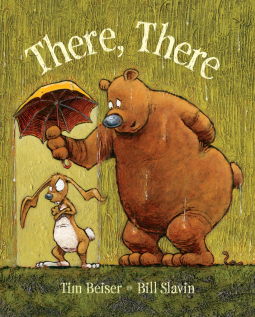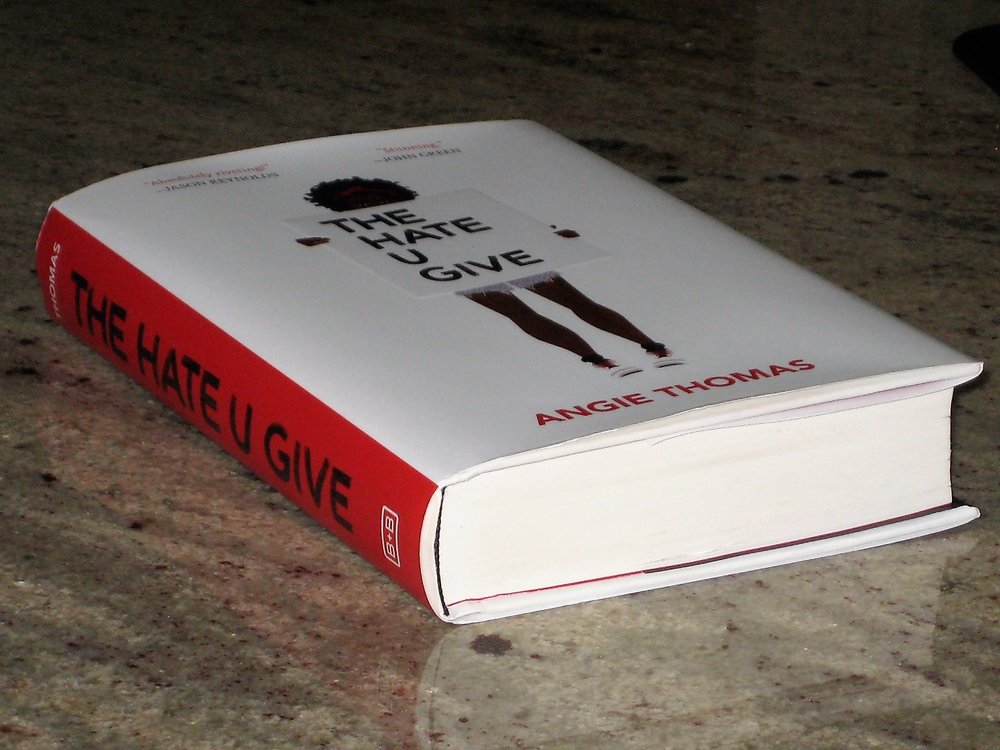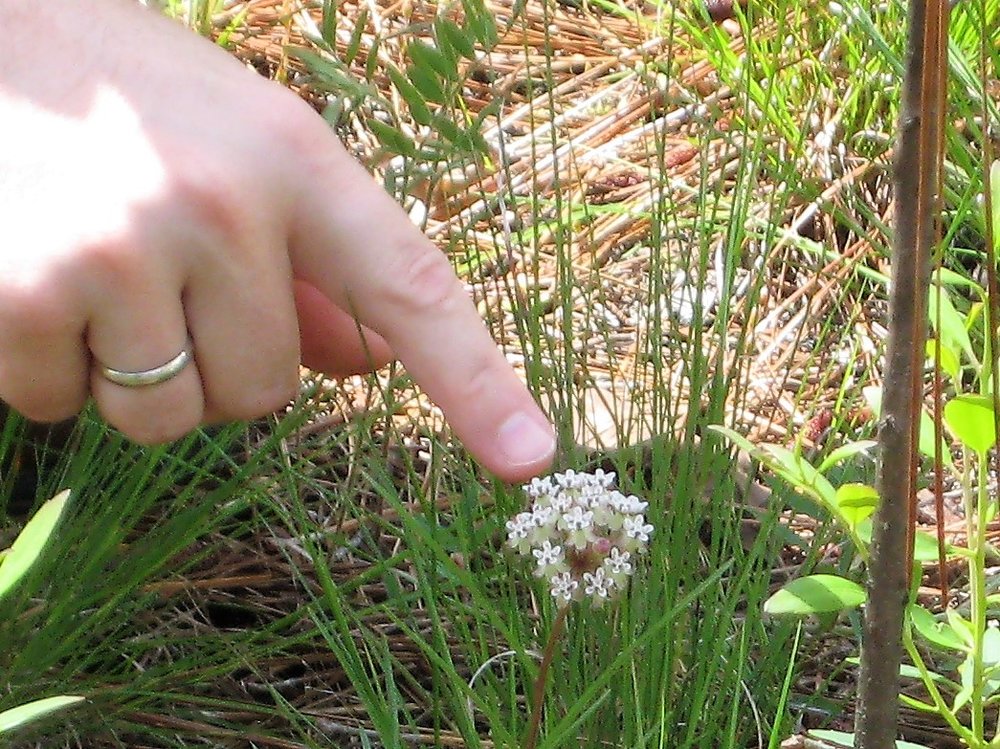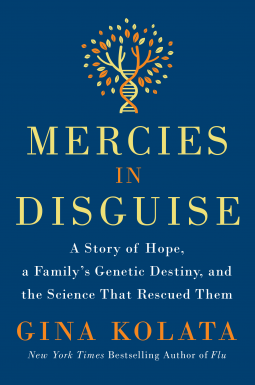 As Al marks another anniversary of his birth on the day of my blog, it seemed only right to do honor to who he is.
As Al marks another anniversary of his birth on the day of my blog, it seemed only right to do honor to who he is.
I’ve been searching for the right description. I’ve seen many people classify their spouse or significant other as their “best friend.” Well, that seems a bit warm and fuzzy for a loveable curmudgeon. While it’s true that I confide in Al and tell him stuff I wouldn’t tell anybody else, “best friend” seems a little off.
Then there’s “soulmate” which kind of insinuates way more agreement than we’ve been able to achieve. That proverbial glass that he sees half-empty always looks half-full to me. Not to mention our method of leaving a gathering to come home when he can be out the door and have the car cranked within thirty seconds, and I’m prone to linger and chat until everybody goes home. And when we ride together to the voting precinct, he turns right while I turn left.
So does this relationship leave me in bad shape? Hardly. Even before he heard the Army slogan, he applied the “Be all you can be” to me. As a very poor typist before the days of computers, I had two years left on an English degree when we married. I worked ahead, handwriting all my papers, and left them with him for typing while I commuted to Ole Miss. He typed in breaks (72 words a minute with no mistakes on a manual typewriter) while he ran the family country store, kept my gas tank filled, and paid my tuition. Mama said my degree should have read “Mr. and Mrs.”
Several years later when I decided to take enough classes to get certification to teach kindergarten and elementary school, he insisted that I reach a bit farther and get my Master’s in Early Childhood Education. The day that diploma came, after I had to take my comprehensive in Germany and have it mailed, he asked, “So when do you start your doctorate?” I assured him I was through filling in squares. He still chides me about that decision since I’ve taken enough additional hours to have completed one.
A major requirement when we bought our house in Hattiesburg was a big kitchen since we both cook. He has a system for that, too. If I cook, he cleans up. If he cooks, he cleans up. It works for me.
me.
And there’s my writing. Always my first reader, he apologizes if he finds anything wrong or unclear. (I’m thinking, “Like why did I give it to you to read if I didn’t want you to spot a problem?”) He is sure the only reason I ever get a rejection letter is because they didn’t read the submission. He usually proofs my blogs, too, but in case there’s a mistake, I didn’t let him see this one ahead.
So what label do I give him today on his birthday? Beats me. I had given up on finding him a label when I overheard some words of wisdom as we passed Chick-fil-a on our daily walk in the mall. Devon Dollar said, “Sometimes things just work out the way they should.”
Happy birthday to the guy who’s helped make most of my life work out the way it should.
 Let’s just say you are looking for a picture book that children will enjoy and the adult who reads aloud will not be sick of after the thirty- fifth reading. I have such a book for you – There, There, written by Tim Bieser and cleverly illustrated by Bill Slavin.
Let’s just say you are looking for a picture book that children will enjoy and the adult who reads aloud will not be sick of after the thirty- fifth reading. I have such a book for you – There, There, written by Tim Bieser and cleverly illustrated by Bill Slavin.




































